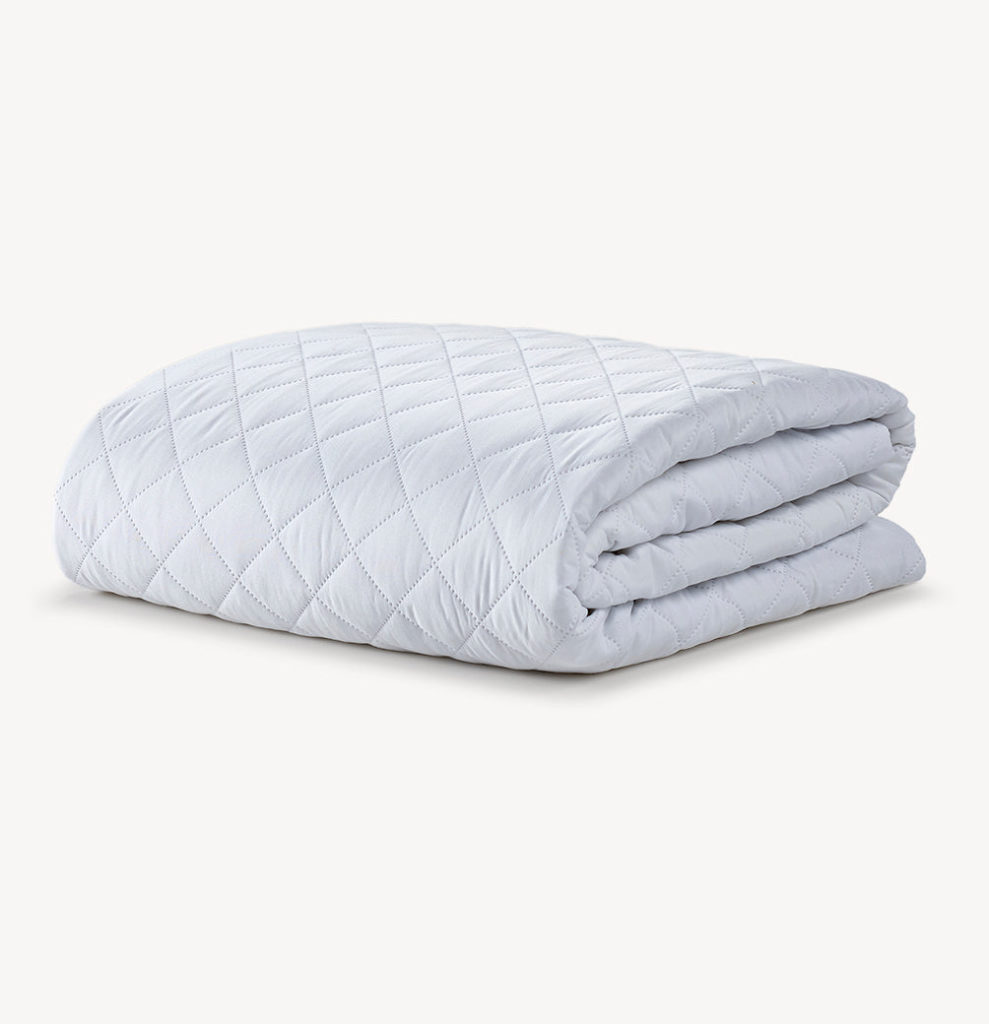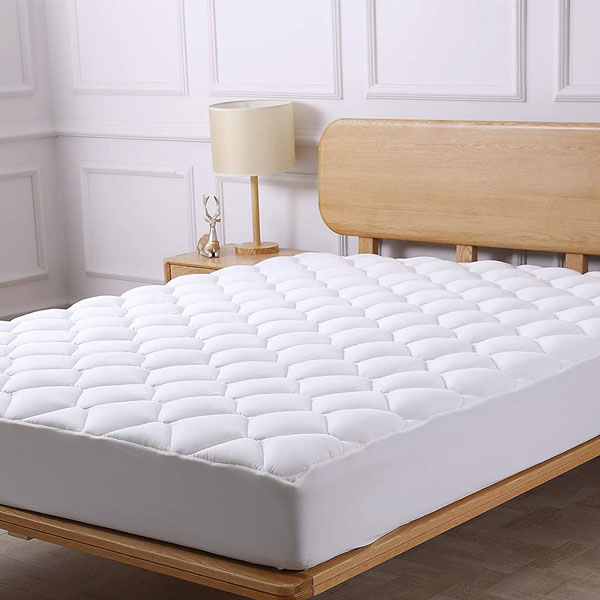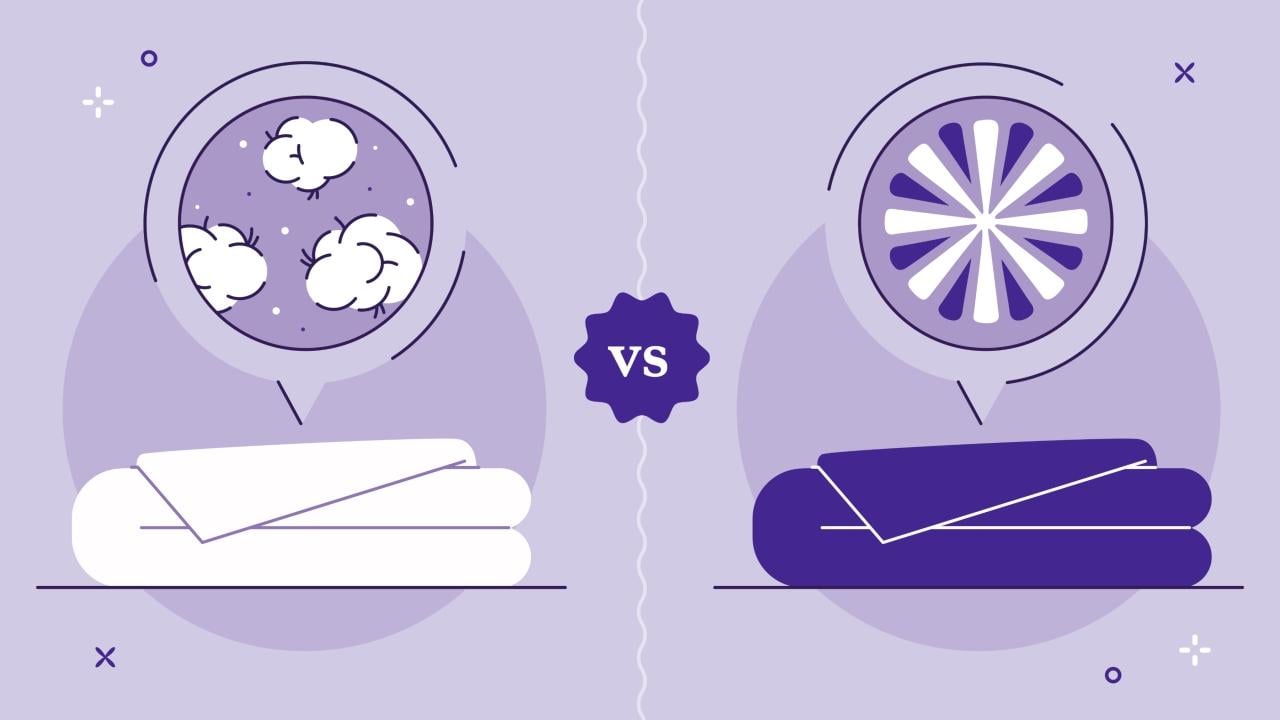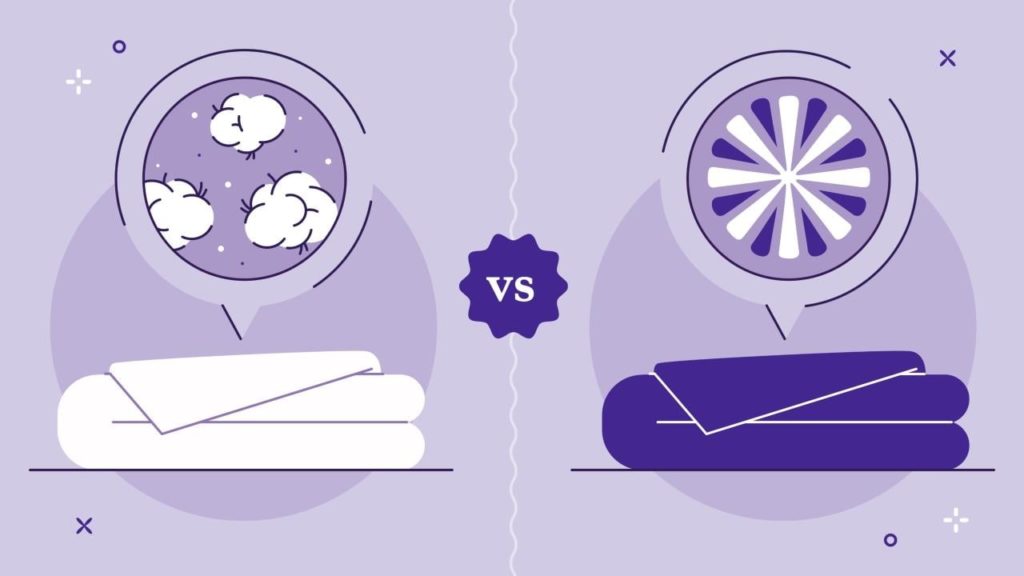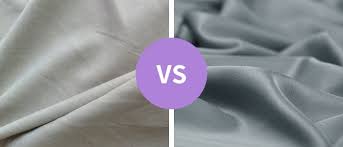Shopping for a duvet involves more than just picking a size and color. A thoughtful duvet shopping checklist ensures you make informed decisions for a cozy and comfortable sleep experience. Let’s explore the essential considerations that will guide you before making that important purchase.
Understanding Your Bedding Needs
Assessing Warmth Requirements:
Before diving into duvet options, assess your warmth requirements. Consider your local climate and personal preferences to determine the right level of insulation for a good night’s sleep.
Considering Personal Preferences in Material:
Different materials offer varying levels of comfort. Consider your preferences – whether you prefer the softness of cotton, the warmth of down, or the hypoallergenic properties of alternative fills.
The Significance of Cotton Blankets
Advantages of Cotton as a Material:
Cotton blankets are a popular choice for their breathability, softness, and durability. We’ll explore the advantages of choosing cotton as the primary material for your duvet.
Exploring the Comfort and Breathability of Cotton Blankets:
Cotton’s natural breathability ensures a comfortable sleep temperature. We’ll delve into how cotton blankets contribute to a cozy and relaxing sleep environment.
Exploring Cotton Throw Blankets
Versatility of Throw Blankets:
Throw blankets add a layer of style and comfort to your bedding ensemble. We’ll discuss the versatility of cotton throw blankets and how they enhance the overall appeal of your bed.
How Cotton Enhances the Appeal of Throw Blankets:
The unique characteristics of cotton, such as its softness and ability to take dyes well, make it an ideal material for throw blankets. We’ll explore how cotton enhances the aesthetic of throw blankets.
Delving into Cotton Waffle Blankets
Unique Texture and Design of Waffle Blankets:
Waffle blankets bring a distinctive texture to your bedding. We’ll discuss the unique waffle design and how it adds a touch of style and sophistication to your sleep space.
The Cozy and Stylish Features of Cotton Waffle Blankets:
Cotton waffle blankets combine the comfort of cotton with the stylish texture of the waffle pattern. Discover how these blankets provide both coziness and visual appeal.
Choosing the Right Size and Weight
Ensuring Proper Dimensions for Your Bed:
Selecting the right size is crucial for a well-dressed bed. We’ll guide you on determining the proper dimensions to ensure your duvet fits your bed perfectly.
Selecting an Appropriate Weight for Your Climate:
Consider your local climate when choosing the weight of your duvet. We’ll discuss the importance of selecting a weight that suits the season and your personal comfort preferences.
Considering Seasonal Variation
Adapting Duvet Choices to Different Seasons:
A well-thought-out duvet collection accommodates seasonal variations. We’ll explore the benefits of having lightweight options for summer and heavier choices for winter.
Lightweight Options for Summer and Heavier Choices for Winter:
Discover the comfort of lightweight cotton duvets in summer and the coziness of heavier options during colder months. Seasonal adaptability ensures a comfortable sleep year-round.
Exploring Duvet Fill Options
Understanding Different Fill Materials:
Duvets come in various fill materials, each with its unique characteristics. We’ll guide you through understanding the differences between down, synthetic fills, and the benefits of cotton-filled duvets.
The Benefits of Cotton-Filled Duvets:
Cotton-filled duvets offer a hypoallergenic and breathable option. We’ll explore the advantages of choosing cotton-filled duvets for a comfortable and allergy-friendly sleep experience.
Investigating Allergen Considerations
Hypoallergenic Properties of Cotton:
If allergies are a concern, cotton becomes an excellent choice due to its hypoallergenic properties. We’ll discuss how cotton duvets create a sleep environment suitable for those with allergies.
Creating a Sleep Environment Suitable for Allergies:
For allergy sufferers, creating a hypoallergenic sleep environment is crucial. We’ll provide insights into how cotton duvets contribute to allergy-friendly bedding.
Evaluating Maintenance and Care
Ease of Cleaning and Care for Cotton Blankets:
Cotton blankets are known for their easy maintenance. We’ll provide tips on cleaning and caring for your cotton duvet to ensure longevity and cleanliness.
Tips for Prolonging the Lifespan of Your Duvet:
Learn practical tips for extending the lifespan of your duvet. Proper care not only maintains its appearance but also ensures ongoing comfort.
Budget-Friendly Cotton Duvet Options
Balancing Quality and Affordability:
Quality doesn’t always come with a hefty price tag. We’ll discuss how to balance budget constraints with the desire for a quality cotton duvet.
Exploring Budget-Friendly Cotton Duvet Choices:
Explore budget-friendly options that don’t compromise on comfort or style. There are affordable cotton duvet choices that meet both budget and quality expectations.
Reading Product Reviews and Recommendations
The Value of Customer Feedback:
Before making a purchase, consider the experiences of others. We’ll highlight the value of customer feedback and how it can guide you in choosing the right cotton duvet.
Trusted Sources for Duvet Recommendations:
Discover reliable sources for duvet recommendations. We’ll guide you on where to find trustworthy reviews to make an informed decision.
Understanding Return Policies and Warranties
Ensuring a Hassle-Free Buying Experience:
A seamless buying experience includes clear return policies. We’ll discuss the importance of understanding return procedures for added peace of mind.
Importance of Clear Return Policies and Warranties:
Warranties provide assurance of product quality. We’ll emphasize the significance of clear return policies and warranties in making your duvet purchase worry-free.
Personalizing Your Bedding Ensemble
Adding Decorative Elements with Cotton Blankets:
Cotton blankets offer versatility in styling. We’ll explore how to add decorative elements with cotton blankets to personalize your bedding ensemble.
How Cotton Enhances the Overall Aesthetic of Your Bedding:
Cotton’s natural qualities contribute to a timeless and elegant aesthetic. Discover how cotton enhances the overall look of your bedding ensemble.
Conclusion
In conclusion, a well-considered duvet shopping checklist ensures you make choices that align with your preferences and contribute to a cozy and comfortable sleep environment. Whether it’s the advantages of cotton or understanding the seasonal variations, informed decisions lead to a restful night’s sleep.
FAQs
- Can cotton duvets be used year-round?
- Yes, cotton duvets are versatile and can be used throughout the year. Choose different weights for different seasons.
- Are cotton throw blankets suitable for use outside the bedroom?
- Absolutely! Cotton throw blankets are versatile and can be used in various spaces, adding a touch of comfort and style.
- Do cotton waffle blankets provide extra warmth?
- Cotton waffle blankets offer a cozy texture but may not provide as much warmth as thicker options. They are ideal for layering.
- Can I machine wash cotton duvets?
- Many cotton duvets are machine washable. Check the care instructions and follow recommended cleaning procedures for longevity.
- Are there hypoallergenic options for cotton duvets?
- Yes, cotton duvets are naturally hypoallergenic, making them a suitable choice for those with allergies.


